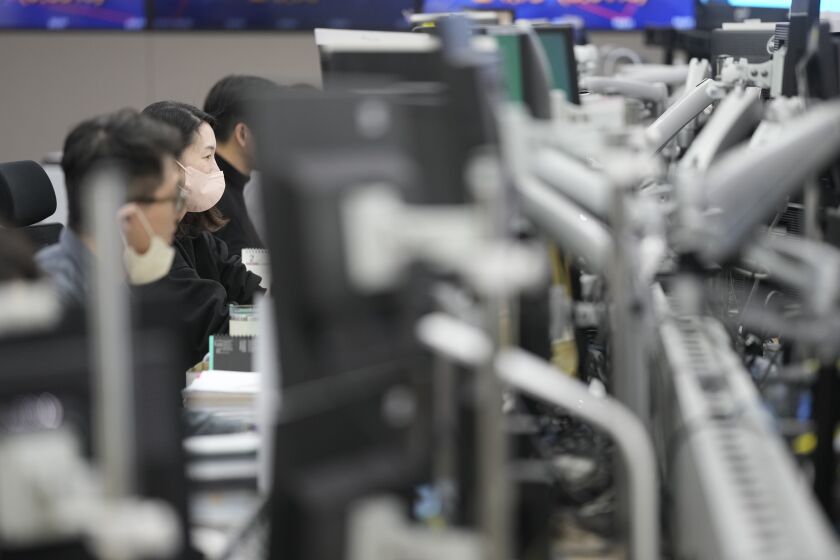Mexican City After allegedly participating in an online “competition” in which teams of pupils take tranquillizers to determine who can remain awake the longest, fifteen elementary school students in Mexico have received treatment. The event happened on Monday in Guanajuato, a city in north-central Mexico. It happened just a few days after health officials issued countrywide warnings about the mania. This occurrence occurred in a fourth school in Mexico in the previous academic year.
Alejandro Navarro, the mayor of Guanajuato, stated that the youngsters were cared for at the school and asked parents to monitor their children’s usage of social media. On his Facebook page, Navarro stated that “generally speaking, girls and boys shouldn’t have social media profiles, it’s horrible to start with.”
The children, who are said to be in fifth and sixth grade, are considered to be in critical condition. It is unknown how they obtained the tranquillizers.
On January 25, the Health Department issued a warning about the risks associated with the sedative clonazepam and urged people to notify any stores that were doing so. One week prior, eight middle school pupils in Mexico City were hospitalized after ingesting a “controlled medicine,” which prompted the alarm. Hospitalization was required for some. Only a few days prior, three middle schoolers at a different school in the region of Monterrey, Mexico, required medical attention after ingesting clonazepam tablets.
Departments in Mexico called the internet ‘challenge’ as a risky one
The department warned about the risky “the last one to fall asleep wins” social media competition. It’s nearly difficult to navigate childhood and adolescence without making dubious, and sometimes disastrous, choices. Growing up involves taking chances and pushing the limits. While we try our best to protect our children from risk, they constantly come up with creative and novel methods to harm themselves.
Social networking doesn’t assist at all. It increases the influence of peer pressure and encourages risky behaviour by rewarding it with likes, shares, and phoney claims of instant stardom. According to paediatric emergency care specialist Purva Grover, MD, “it’s complicated because teenagers might get positive reinforcement with all the likes and views from the films they post.” Therefore, there is a higher chance that more people will notice something if it is riskier or frightening.
It’s nearly difficult to get through puberty and childhood without making dubious, and sometimes dumb, choices. It’s part of growing up to test the limits and take risks. We try to protect our children from risk as much as we can, yet they always come up with inventive ways to damage themselves. No doubt, social media is detrimental. By rewarding risky behaviour with likes, shares, and bogus assurances of insta-fame, it intensifies the influence of peer pressure.
Purva Grover, MD, a specialist in paediatric emergency care, adds that it is challenging since kids might benefit from the views and likes on the videos they post. As a result, there is a higher chance that more people will watch something that is riskier or more frightening.












